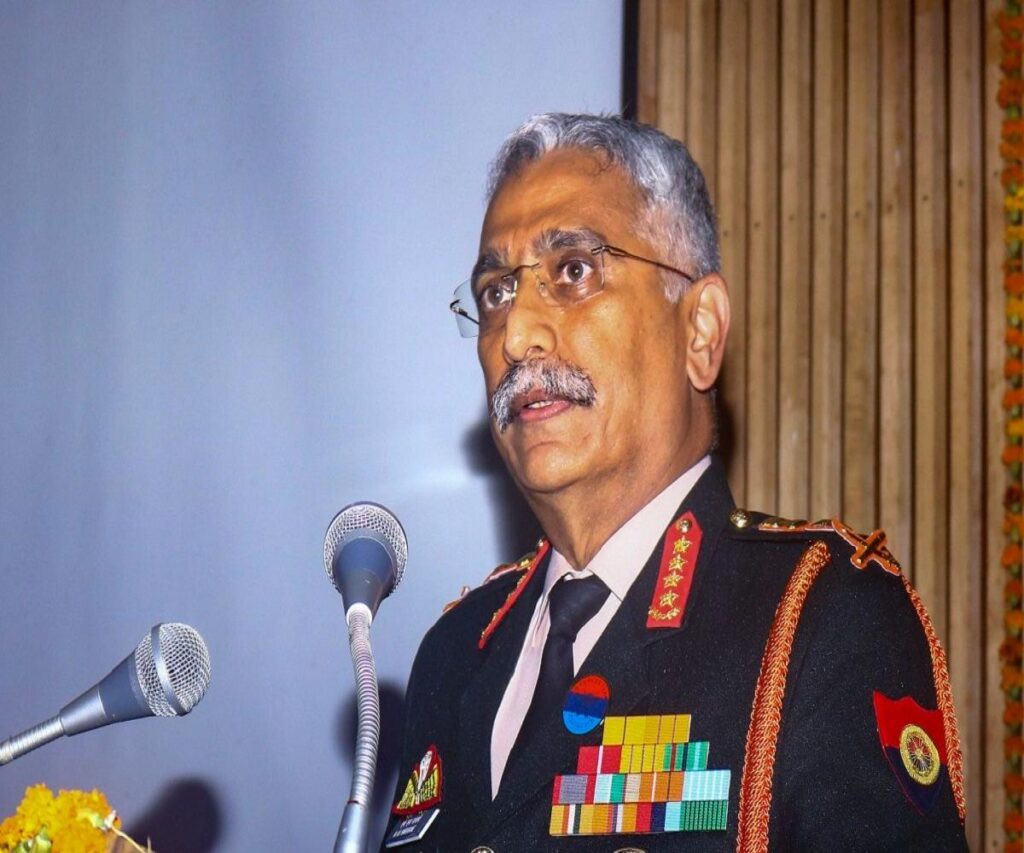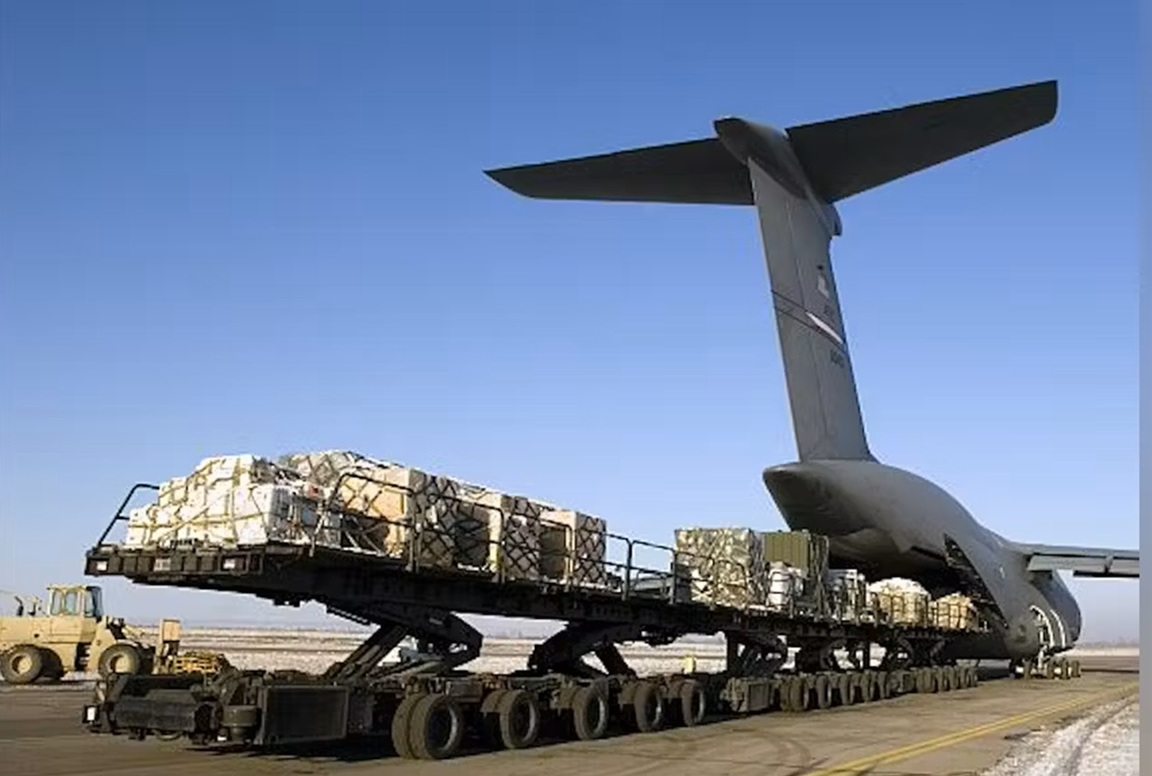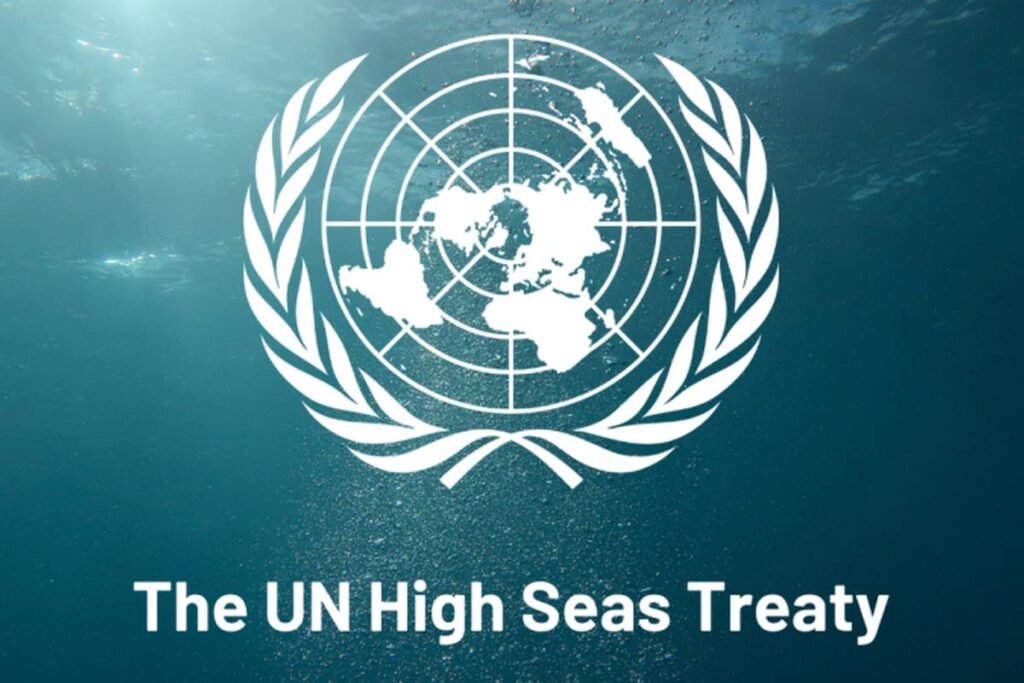The 8th of December 2021, will be remembered as a black swan day in the history of our nation. India lost its serving Chief of Defence Staff (CDS), General Bipin Rawat and many other brave hearts to a very unfortunate helicopter crash, which shook the emotional edifice of every citizen of the country. The magnitude of the loss was immense as Gen Rawat who was heading the Department of Military Affairs (DMA), along with a host of other responsibilities like HQ IDS, was navigating the Armed Forces towards a host of reforms which included the theaterisation of commands, delineation of the intricate command and control structure, impetus to defence acquisitions and aatmanirbhar Bharat, gearing up cyber warfare capability and a host of other defence security-related measures.
The CDS was entrusted with the onerous responsibility of bringing about jointness in the three services and thereby giving an impetus to the combat capabilities of the armed forces. The foremost is the creation of integrated theatre commands. India has presently 17 service-specific commands apart from the tri-service Andaman and Nicobar Command and the Strategic Forces Command.
Assigned Responsibilities of CDS
According to the CCS notification of December 24, 2020, the ambit of the DMA included the three services with their Headquarters (the Army, the Navy, the Air Force) and the tri-service HQ Integrated Defence Staff (IDS); the Territorial Army; works related to all services; and all revenue expenditure (all procurements fewer Capital acquisitions).
The Chief of Defence Staff has been designated as the “Principal Military Adviser to the Raksha Mantri (RM)”. The three service chiefs, however, would continue to advise the RM on matters exclusively concerning their respective services. In his role as the “Permanent Chairman COSC”, the CDS was administering tri-service organisations and exercising command over Cyber and Space Agencies and the Special Operations Division. He was also the military adviser to the Nuclear Command Authority (NCA). CDS is also a member of the Defence Acquisition Council (DAC) headed by the RM and of the Defence Planning Committee (DPC) chaired by the NSA.
The government has mandated the CDS to bring optimisation, within three years, in the spheres of joint operations; communications; training; and logistics. He has also been tasked to streamline the entire perspective planning process for defence acquisitions, with emphasis on indigenisation. Towards that end, he is required to assign inter-service priority to Capital acquisition proposals, based on multi-domain operational requirements and the anticipated defence budget.
The expectation is that these measures would enable the Armed Forces to implement a coordinated defence doctrine, foster joint manship, optimise resource utilisation and lay the foundation for the establishment of Joint/Theatre Commands over a period of time (which has not been stipulated specifically).
Initiation of Tasks by Chief of Defence Staff
The Chief of Defence Staff (CDS) commenced work on 01 January 2020 and took on the mandate assigned to him in all earnest. Studies were ordered for analysis and formulation of an integrated capability development plan (ICDP) as well as the creation of four integrated theatre commands which included the Army Western and Eastern Theatre Command, the IAF Air Defence Command and the Navy’s National Maritime Theatre Command. The fifth envisaged command i.e., Northern Command (Army) was deferred considering the ongoing situation at the LAC with China.

Each of these commands performs its designated roles of operational planning, training and maintenance under the overall supervision of the service headquarters. However, due to the inherent structure, command and control, there is a reluctance of the existing commands to transit to an integrated command environment. The Indian Air Force had certain valid reservations on how the restructuring is to take place. These will need to be addressed.
A positive indigenization list was formulated which consisted of defence equipment that would be indigenized in the country. Thereafter, a concerted effort was made to get all the three services together to think beyond their turf and arrive at a consensus on the envisaged concept of theaterisation and synergize the effort towards maximization of impact during war.
The need for keeping up the momentum of all these efforts is being increasingly felt in view of the prevailing geopolitical and security situation the country is facing today. The massive deployment of PLA at the LAC presents a formidable challenge to take forward this unfinished agenda to its logical conclusion within the targeted time frame which is 2023. Towards this end, it becomes quite imperative for the Govt to announce a new CDS without any further delay.
The Urgency to Address the Unfinished Agenda
It is an irony that the Integrated Defence Staff (IDS) came into being in 2001, but the integration remained on paper. The numerous obstacles posed by the bureaucracy due to their lack of understanding of military matters never got this integration going. The problem was further compounded by the three services who gave preface to their individual requirements rather than focus on joint-man ship.
We also need to be aware of the fact that the process of setting up theatre commands was delayed due to the reluctance of the IAF to fall in line. After all, India does not want a situation that emerged in the United States, when the Goldwater Nichols DOD re-organization Act had to be invoked when the Armed Forces did not arrive at a consensus towards acceptance of the theaterisation of commands. To ensure that the process got underway, four different study groups each headed by a three-star ranked officer were ordered and the report is to be submitted by the end of December this year.
The CDS is also responsible for formulating the capital acquisition plans for all three services. To carry forward this process a study on Integrated Capability Development Plan (ICDP) was ordered. This study would be focusing on India’s security threats, the available budgets and military equipment required to meet the envisaged threats. The study would align to the defence acquisition procedure 2020 and work out capability development along a ten years perspective divided into two five years plans and further breaking it into a two-year immediate acquisition plan. If the Govt dedicates a budget to this laid down process we could see a positive improvement in our overall defence capability.
Other important domains looked after by the CDS, pertain to areas such as information warfare, cyber and psychological operations. The late realization of these aspects has seriously impacted the efficacy of the armed forces. Therefore, the creation of the Defence Cyber Agency under the CDS is a positive development. As the integration will shape up, the information warfare and cyber will get dovetailed to become a part of the overall warfighting doctrine.
A very important aspect of jointness would be in the area of logistics and training. The setting up of three joint logistics nodes was done at Guwahati, Port Blair and Mumbai to achieve this integrated approach. This would need to be followed up in the right earnest.
The Path Ahead
If we have to embark on a new dawn, the process initiated needs to be followed up with sustained efforts. The new CDS will have to overcome the inertia and start evaluating the various studies ordered to be able to draw a road map for the future. This would require a series of deliberations with all the stakeholders to arrive at cogent recommendations which would get placed to the Govt. Envisaged timelines to achieve all these will have to be redrawn as the existing timelines seem unrealistic.

The creation of an Air Defence Command entails detailed deliberations on inter-services communication, integration of multiple origin radars, early warning and command and control functions, weapon systems integration and the working out of detailed nuances of air defence, ranging from the tactical battlefield to national level air and ballistic missile defence.
Similarly, geographic and maritime commands merit much greater deliberations over considerations of the span of control, inter-service communication architecture and evolving an appropriate manning and staffing pattern to handle tri-service operational and logistic requirements.
The onus of working out the revised time frame for these transformative changes and apprising the national leadership rests with the CDS. This, however, remains at best a work in progress. A Review of the overall security environment and threat perception across multiple domains would be required. This should form the basis of force structuring and capability development of the three Services.
Five Point Action Plan
- Need to streamline existing tri-service organisations and structures (HQ IDS, ANC, SFC, Cyber Agency, Space Agency, Special Operations Division, tri-service training establishments).
- Jointness in its true sense needs to be promoted: The aspects which would need emphasis are: -integrated tri-service surveillance and communication networks; joint operations; training; logistics, including transport repair and maintenance; optimum utilisation of available infrastructure with the three services.
- Formulate a detailed roadmap for the creation of joint commands and theaterization and field it for a testbed evaluation. Timelines are realistically evaluated. It took the United States armed forces, more than 15 years to be fully integrated with all respects
- Prepare the perspective planning and roadmap for international defence cooperation, including defence acquisitions on strategic considerations. The turf syndrome way of acquisitions needs to be done away with.
- Develop an integrated concept of conventional warfare, strategic deterrence and warfare in asymmetric domains. This should include an approach to grey-zone threats. The future warfare is likely to be a mix of conventional and grey zone warfare.
Conclusion
As can be foreseen, the challenges ahead are immense. Apart from the issues of theaterisation and capability building, there is a need to further the Aatmanirbhar Bharat campaign through strategic partnerships. So far, we have only heard of a Joint Venture with the Russians for setting up an AK-203 assault rifles venture in Amethi (U.P). Let’s move beyond the political landscape and identify other areas for setting up production in the country. The Govt needs to lend more clarity on this aspect.
The nation would also like to know, how we intend to take the Corporatization of Ordnance Factory Board (OFB) forward. There were some inherent issues with regard to the existing workforce and its utilization. The management of human resources will always remain a vital component for any reforms to succeed. A recent war game on the Corporatization of OFB revealed that out of the seven new entities, a few of them may have to be reviewed for their further sustenance due to lack of orders and environmental factors. It is important for a mid-term review to re-assess the situation lest we stare at a failed exercise.
Today, our country is faced with a number of threats. The Ladakh border is extremely volatile with the PLA flexing its muscles. The proxy war and infiltration in Kashmir continue unabated. The situation in Afghanistan is also not conducive to the overall stable security environment. Therefore, it goes without saying that the new CDS will have its task cut out and must give a push to these reforms lest we miss this opportunity to strengthen and integrate our armed forces. The call of the nation demands the announcement of the new CHIEF OF DEFENCE STAFF post haste.
Title image courtesy:https://www.ndtv.com/india-news/head-feels-lighter-chief-of-defence-staff-bipin-rawat-after-taking-charge-2157184
Disclaimer: The views and opinions expressed by the author do not necessarily reflect the views of the Government of India and Defence Research and Studies






